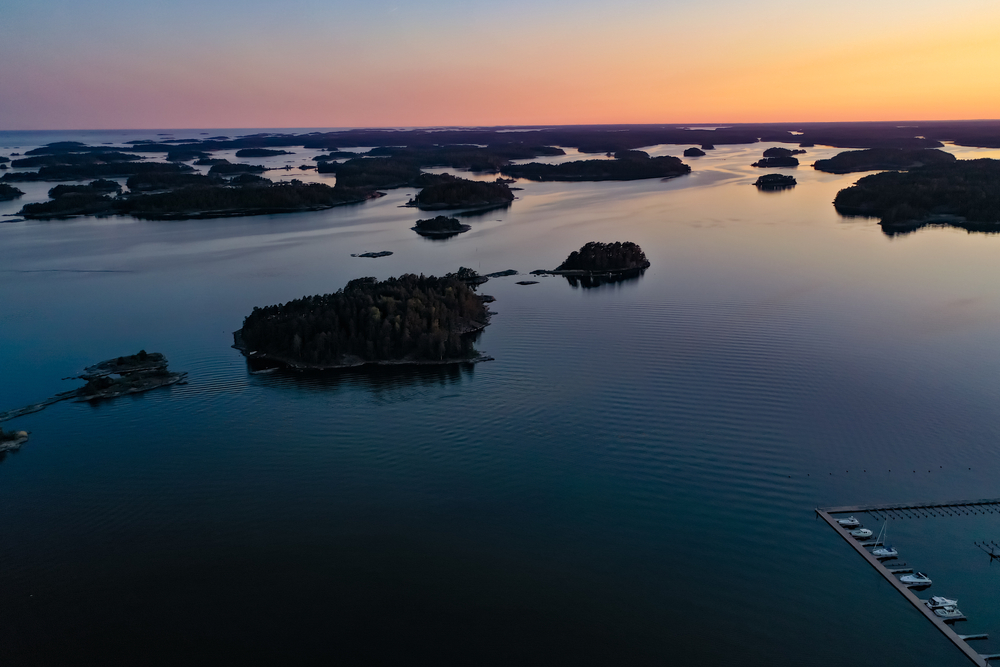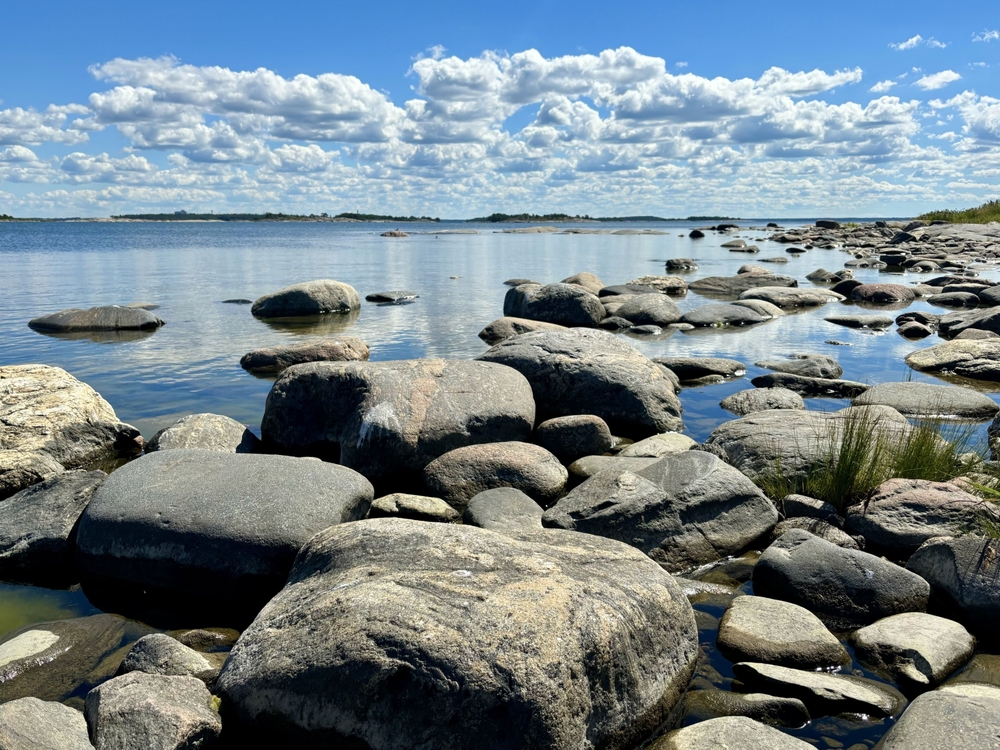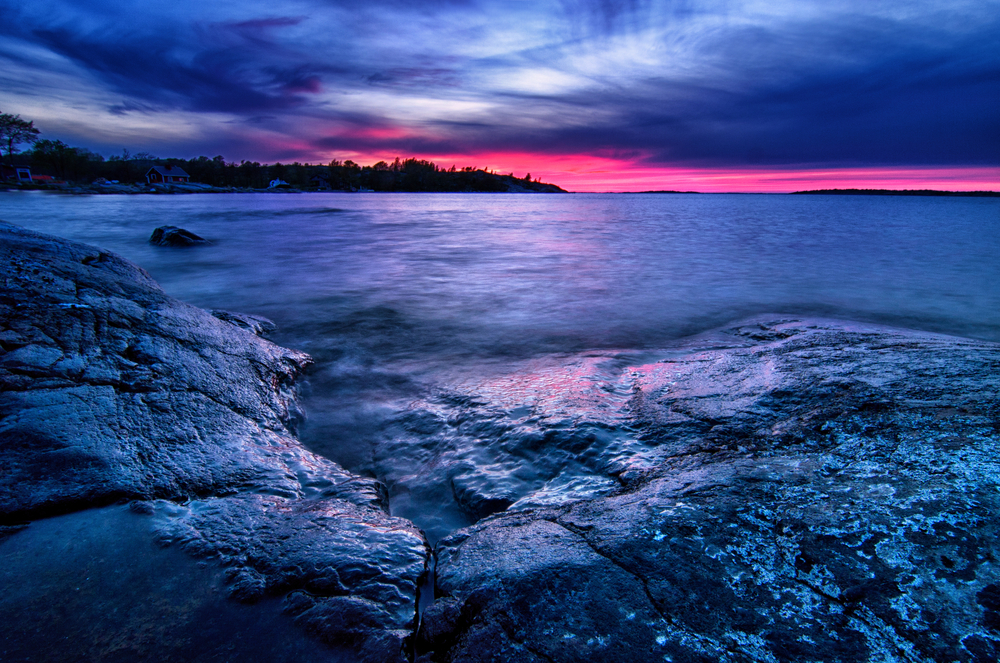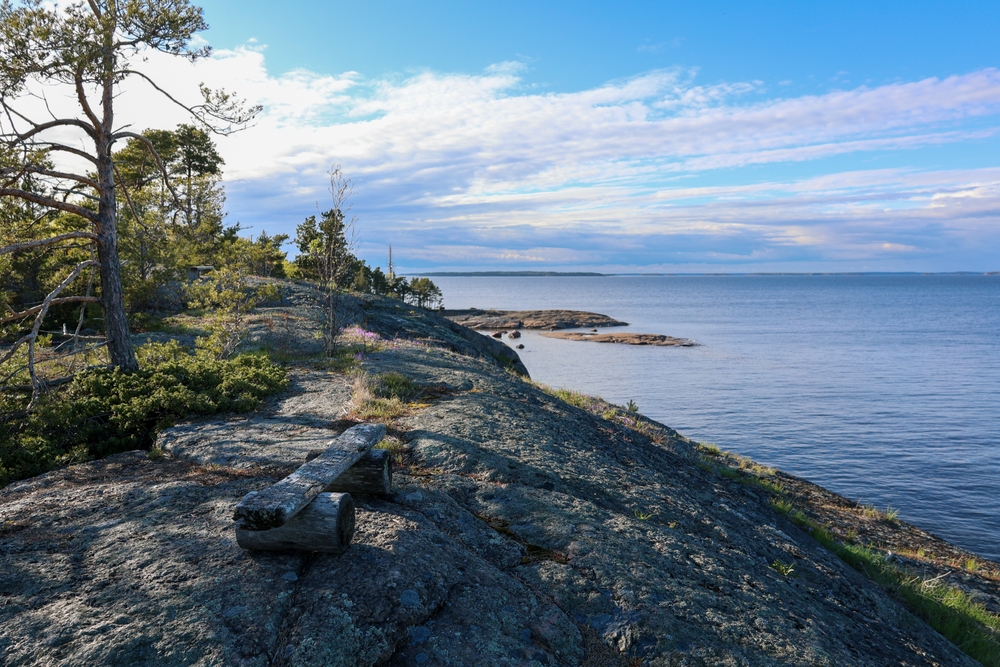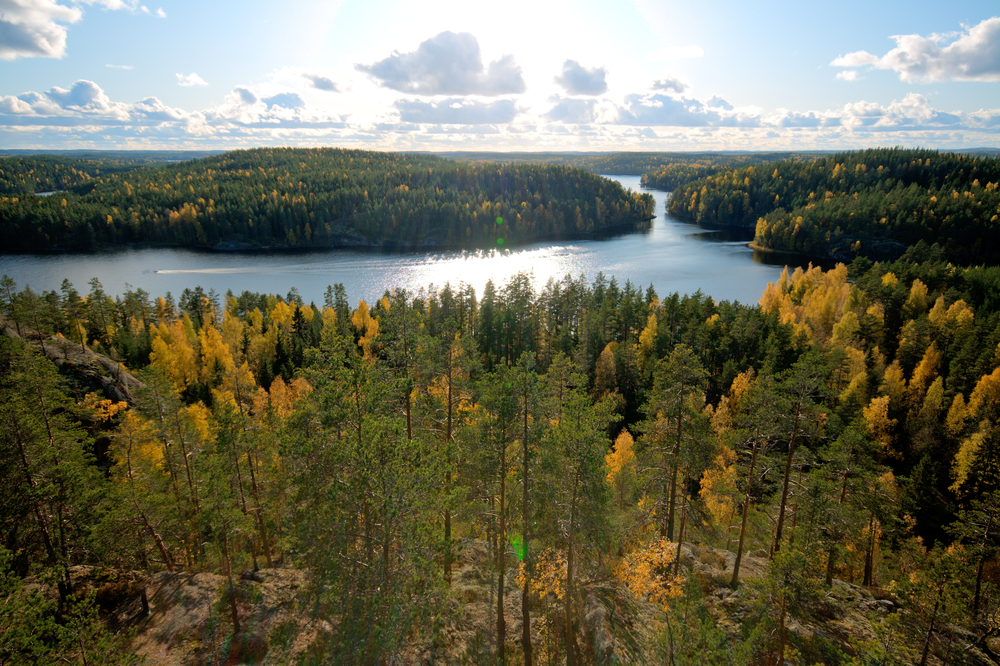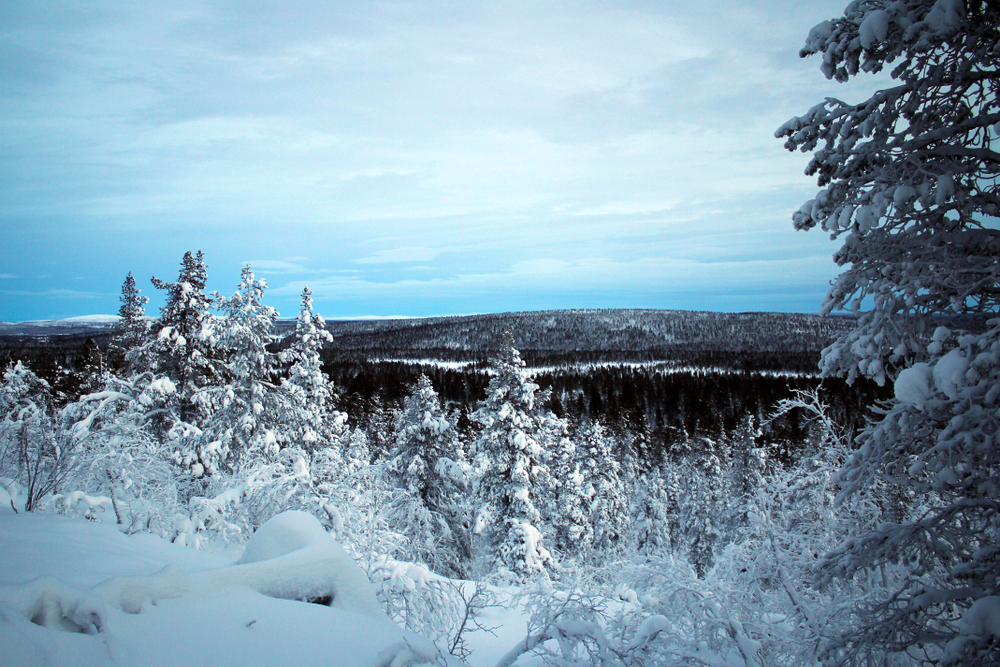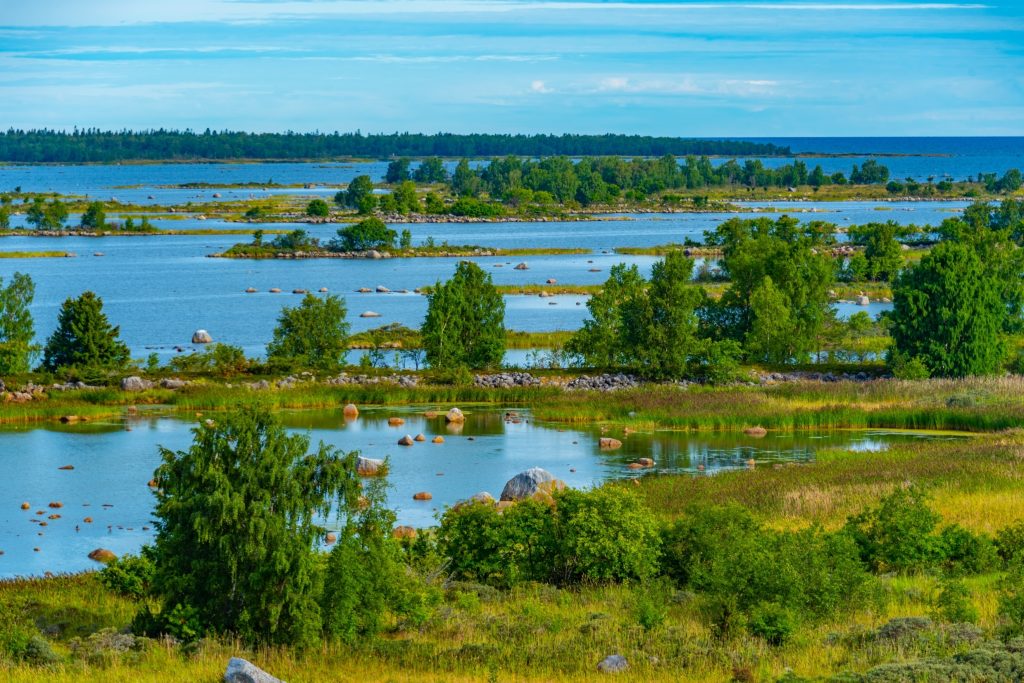Ekenäs Archipelago Overview
Ekenäs Archipelago National Park, or Tammisaaren saariston kansallispuisto in Finnish, is a stunning maritime national park located in southern Finland, in the Gulf of Finland. Encompassing approximately 19 square miles (50 square kilometers), this national park protects a diverse coastal environment filled with rocky islets, lush forests, and rich marine life.
It is situated near the town of Ekenäs (Tammisaari), part of Raseborg, and is one of Finland’s finest archipelago parks, offering breathtaking scenery and an abundance of wildlife. The park, established in 1989, forms part of a larger conservation network aimed at protecting the fragile Baltic Sea ecosystem.
The terrain of Ekenäs Archipelago National Park is defined by its collection of small islands, skerries, and islets that vary from smooth rocky shores to dense forests. The landscape is shaped by the retreat of the Ice Age glaciers, leaving behind rugged cliffs, narrow channels, and glacially polished rock formations.
Some of the park’s larger islands, such as Jussarö and Älgö, are covered with mixed forests dominated by pine, birch, and spruce, while smaller islands often feature low-growing vegetation, including sea buckthorn and juniper. Jussarö, in particular, is a fascinating destination, blending natural beauty with remnants of old iron mines and abandoned military sites. The clear coastal waters host extensive meadows of bladderwrack and other seaweeds, vital for marine biodiversity.
Ekenäs Archipelago is home to a rich variety of wildlife, with the park serving as an important nesting ground for numerous bird species. Among the most notable birds found here are the white-tailed eagle, common eider, Arctic tern, and black guillemot. Many migratory birds use the park as a resting point, making it an excellent destination for birdwatchers.
The waters surrounding the park are inhabited by the Baltic ringed seal and grey seal, which can sometimes be spotted lounging on the rocky outcrops. The islands also support small populations of deer and foxes, while the forested areas provide habitats for red squirrels and various small mammals. Additionally, the underwater world of the park is teeming with fish such as perch, pike, and Baltic herring, making it an attractive location for fishing enthusiasts.
One of the most popular aspects of Ekenäs Archipelago National Park is its untouched and peaceful nature, ideal for outdoor activities. Visitors can explore the park by boat or kayak, weaving through the maze of islands and enjoying the pristine surroundings. The park’s hiking trails, particularly on Jussarö Island, provide excellent opportunities for exploring historical sites alongside nature.
Camping is allowed in designated areas, and there are a few rustic huts available for overnight stays. Fishing, snorkeling, and diving are also popular activities, as the clear waters offer excellent visibility for marine exploration. The park’s location along the Baltic Sea’s coastal route makes it a favorite stop for sailors and boaters.
Ekenäs Archipelago National Park faces conservation challenges primarily due to the fragile marine ecosystem of the Baltic Sea. Issues such as eutrophication, caused by agricultural runoff and pollution, pose threats to water quality and marine biodiversity.
Additionally, climate change and increasing tourism require careful management to maintain the park’s delicate balance. Despite these challenges, Finland’s conservation efforts, including marine protection programs and habitat restoration initiatives, have helped preserve this unique environment. Strict guidelines are in place to ensure responsible tourism, allowing visitors to experience the park’s beauty while minimizing environmental impact.








































































